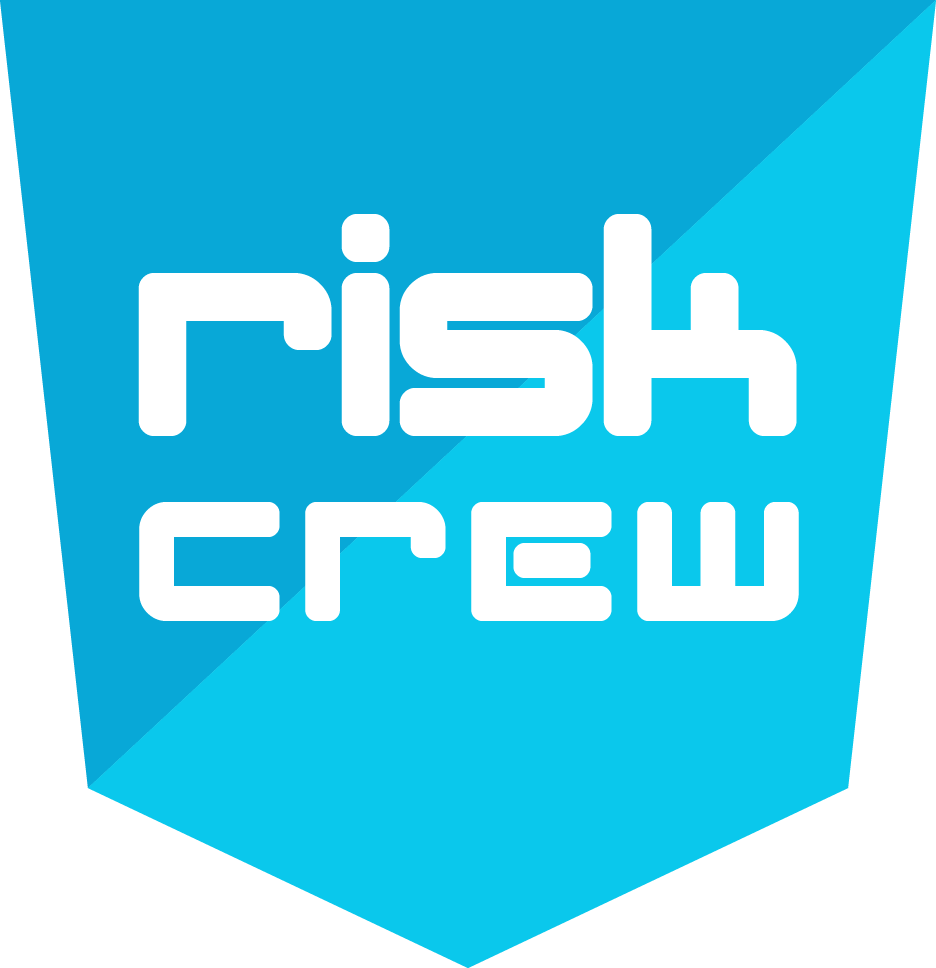If you are considering getting your organisation SOC 2 compliant, this blog should be an eye-opener. Obtaining SOC 2 compliance could be quite a time challenge in terms of preparation, process and finances. Many achievements come with obstacles, but SOC 2 does not have to be difficult if you plan well. It will be well worth the time spent to obtain a SOC 2 Type 2 Report when your organisation starts receiving the many business benefits that come with compliance.
One thing to be aware of is that the larger your company is, the more difficult it is to change company culture, processes and tools. On the other hand, if you are a smaller organisation, you might not be required to make extensive changes that could interfere with company culture. Most companies wait until the last moment to put security compliance in place, but Risk Crew believes in tackling security processes and audits in the early years of business, which will help with growth.
SOC 2 comes with timeframes, procedures and policies. We have an entire blog post dedicated to SOC 2 timeframe and procedures, but today we focus on the 12 most important policies for SOC 2 compliance.
Fun fact: These policies are also applicable to ISO 27001.
What are SOC 2 policies?
The policies establish the framework of employee expectations, and the procedures inform staff of how they can meet those expectations. Every SOC 2 examination requires an auditor to review organisational policies, and the policies must be accepted and documented. In addition, each policy is connected to the security of customer data and your company.
The scope for what policies to include will vary depending on the company’s size and services offered. However, the following policies are generally complied with when conducting a SOC 2 examination:
- Information Security (IS) Policy
- Access Control Policy
- Password Policy
- Data Classification Policy
- Physical Security Policy
- Acceptable Use Policy
- Backup Policy – Information, Software, System
- Logging and Monitoring Policy
- Risk Management Policy
- Change Management Policy
- Incident Response Policy
- Business Continuity Plan
The IS policy encompasses all the security controls for every resource – physical or data. This policy is designed to incorporate strategies for unapproved users, unauthorised admittance to information, projects, programs, frameworks and the organisation’s foundation. The IS policy comes under the supreme policy as it creates a base for all the other policies developed.
This policy directs how to give restricted admittance and how to treat administration accounts. Additionally, it incorporates requirements for validated users, authorising, modifying and removing users, and access using the role-based access control.
The password policy requires password storage, including passwords for privileged accounts. In addition, the approach includes necessities for least length, difficulty and not allowing the use of old and expired passwords.
Data classification policy informs you how to protect your data and what measures should be taken to secure the data. For example, sorting out the data helps determine what security controls should be set up to protect the information.
The physical security policy marks the essentials of shielding data and technology assets from ecological and physical dangers. This decreases the threats of theft, loss, harm and unauthorised access to those valuable assets.
The acceptable use policy is used to direct how organisations should utilise their resources. Additionally, this policy is relevant for inner workers as well as contractors.
Backup policy characterises an association’s necessities for the backup of company data and systems. This policy should determine the extent and recurrence depending on how critical the data is.
The logging and monitoring policy simply records what requirements need to be met for logging user activities and inspecting the logs.
This policy records the methods for performing regular risk assessments. This also includes how the association distinguishes expected dangers, whether that is logical or physical threats. Through this policy, you can break down the meaning of each risk associated with the identified threats and decide the moderation procedures for the pinpointed risks.
The change management policy reports the methods for bringing changes to IT frameworks and applications. This policy incorporates the standard cycle of testing and endorsing changes before carrying them out.
An incident response policy records the procedure the employees must follow when a security episode is recognised. This is followed by discovery, control, assessment and reporting.
The business continuity plan is a scheme to continue running the operation if several levels of tragedy have hit the company. These can have a short- or long-term impact, such as a permanent loss of a building.
You’ve got the policies. What’s next?
These are the critical 12 policies that are critical to passing a SOC 2 audit. The next step, of course, is to ensure they are implemented and integrated into your business processes.
To secure compliance with the SOC 2 Trust Services Criteria, creating processes to ensure that the expectations of policies and procedures are ticked off should be the top priority. During your SOC 2 audit journey, commitment to meet the expectations of policies and practices will allow your organisation to benefit from in the long term.
Fun fact: It’s not that hard, really.
The Crew is all geared up to help you get started on your SOC 2 journey. If you would like to discuss further or ask questions, we are just a click away.
More on SOC 2 Compliance Get a Quote

